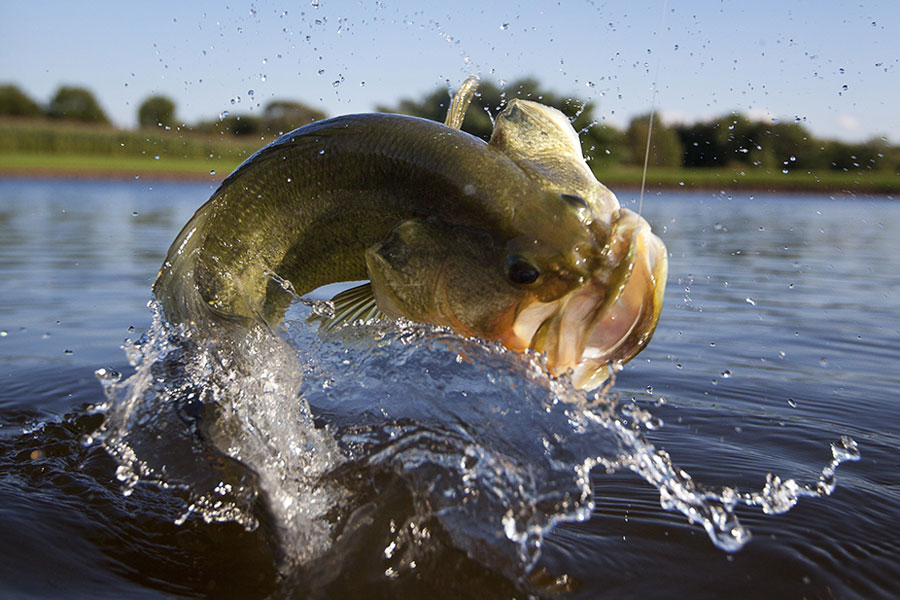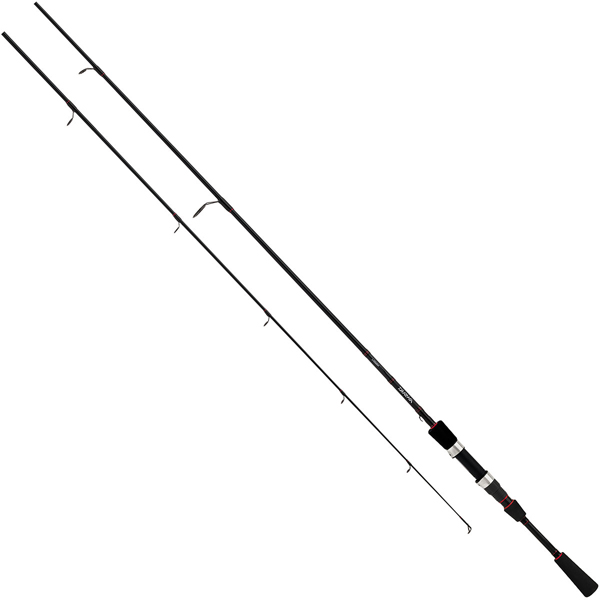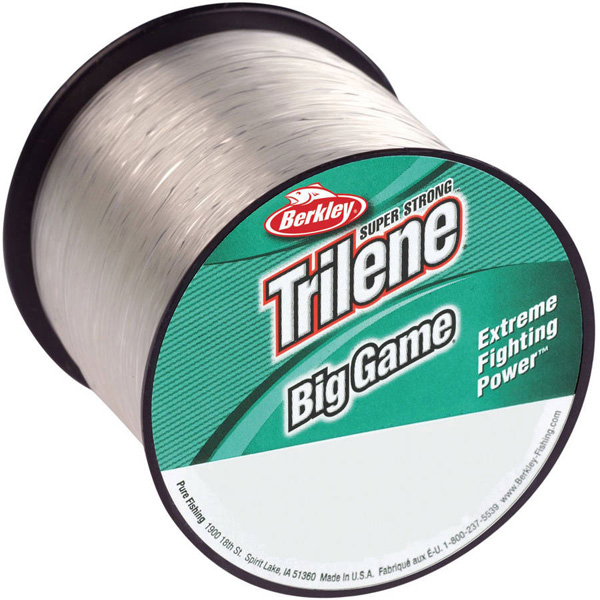Bass fishing is one of the most exhilarating types of fishing known to man. Bass are tough, aggressive fish. Here is some basic info on the gear you will need to land your first bass.
What You Need to Know About Bass Fishing

There’s nothing quite as fun and exciting as bass fishing, but it’s also one of the most challenging types of fishing that you will ever experience. This is mainly due to bass being unlike most fish—they’re usually big, clever, and have extreme fighting ability. It’s not uncommon to hook a 5-pound bruiser bass and lose them after several minutes of struggling.
Given the difficulty in catching bass, it can be hard on your equipment, which is why you’ll need to be specific about your fishing gear. They’ll need to be durable, non-corrosive, and able to withstand harsh changes in temperature, among other characteristics.
A typical bass angler could be using a medium-heavy rod, a 17-pound silver thread line, and a ¾ ounce spoon lure to attract their bass, but there are certainly a lot of other combinations that you can work out depending on your batch.
Moreover, bass stay out of the light, so you may have to fight them out of dense grass or go fishing at night. Overcast days are good, too. During the summer, you’ll have to head out very early in the morning when the water is colder and topwater baits become more effective. As the sun rises and the water gets warmer, the bass will hide deeper and become more aggressive, making them even harder to catch.
Preparation and planning will involve exploring rivers or lakes for a good location and being more familiar with it before you actually start fishing to increase your chances of catching bass.
The biggest bass are usually found lying just above the bed while the smaller ones hang out on the bed itself. A common trick used in looking for bass during the summer is wearing a pair of sunglasses, which will help you see past the glare of the waters.
Once you get into the water, there’s also a lot of waiting and keeping silent involved so as not to alert or scare the bass away with your presence. You should have also done your research and asked experts about bass fishing techniques beforehand to increase your chances of catching this prized fish.
With enough experience, bass fishing could become second nature to any angler, so don’t let the difficulty stop you from trying. Remember, the more you fish for bass, the more you become knowledgeable and proficient at it.
Basic Bass Fishing Equipment

The information below will give you an idea about the main types of equipment that you can use when you decide to fish for bass. There’s a wide range of combinations of rods, reels, lines, and lures that you can use for bass fishing, not to mention hooks, bobbers, and sinkers. The key is to do some research on your chosen location (don’t hesitate to ask local bass anglers) and determine which setup works best for you.
Fishing Rod

Much of your success in bass fishing depends on the rod that you have in hand. First of all, it has to work well with your chosen lure. Secondly, it will need to be sensitive enough to alert you when the fish starts nibbling on the end of your line. Finally, it should help you tire the bass out comfortably, which means your hands shouldn’t get hurt and your line shouldn’t break in the process.
As for the rod’s power or backbone, a medium to heavy powered one would be great for heavier bass, as it would be stiffer to prevent too much bending, although a lower powered rod could work for smallmouth bass. You’ll also want a fast action rod that’s powerful, flexible and sensitive enough at the tip, allows you to set hooks more quickly and efficiently, and has a comfortable handle with an easy grip.
The type of rod would also depend on your preference. Casting rods would be able to handle heavier lines and lures, making them the ideal choice for fishing for larger and more aggressive bass. On the other hand, spinning rods help you get to hard-to-reach spots and offers better accuracy.
Recommended Products:
- Daiwa Laguna 6’ Medium-Powered Spinning Rod ($37.95)
- Penn Mariner II Medium-Heavy Spinning Rod ($44.95)
- Tsunami Airwave Medium-Heavy Coastal Spinning Rod ($89.95)
- Shu Fly Ultra-Travel Fly Rod Kit ($84.95)
Fishing Reel

Choosing a fishing reel for bass fishing can be overwhelming since there are a lot of choices. What needs to be remembered, however, is that both the brand and model should provide the finesse needed to hook and land big bass.
To narrow down your search, you’ll want to look for reels that are fashioned from aluminum, graphite, or carbon composites. Aluminum is typically stronger and therefore provides a tighter fit, while graphite is lighter and much less likely to corrode in saltwater. Although it is least popular, carbon composites offer a combination of both, more so if they are molded.
Durability is another important consideration, as you will be casting and reeling repeatedly. The best spinning reels typically utilize a front-end drag that features multiple sealed or greased drag washers to protect itself from debris and corrosion.
The ideal reel for bass fishing should have no loose parts and should move as smoothly as possible, even under stress. Look for a smooth and strong drag amount that’s greater than the weight of your game fish (8-10 lbs for bass). This should provide the strength to stop a bass, prevent your line from hanging up or snapping under pressure, and allow you to cast your small and weightless lures more efficiently.
Like the body, most spools are also made of aluminum, graphite, or carbon. The material’s strength and weight will certainly affect its performance. Aluminum is stronger, graphite is lighter, and carbon falls right in the middle.
Your reel should be able to accept three or four monofilament and braided lines of different sizes (more on fishing lines below). Also, make sure that the spool is rated for use with a braided line and is ready to spool one (without the need for backing).
Recommended Products:
- Daiwa Lexa 300 HD High-Speed Baitcast Reel ($229.95)
- Shimano Baitrunner Saltwater Spinning Reel ($154.95)
- Shimano Stradic Front Spin Reel ($169.95)
Fishing Line

When fishing for bass, there are three basic types of fishing lines that you can use: monofilament, fluorocarbon, and braided. Braided lines are mostly used for bass fishing because it doesn’t stretch and has incredible tensile strength and abrasion resistance, allowing you to be able to tire and fight a bass out of or through heavy cover (like dense plants or wood).
Then again, fluorocarbon lines are also favored by many anglers as it is the hardest to see in the water and tends to be very abrasion-resistant, giving anglers a bit of an advantage in tempting bass to bite. Monofilament, which was the most commonly used line for many years, may have become less popular because of innovations behind the other two, but it is certainly being used by many because of its stretch factor.
Some anglers like using combinations to provide a little bit more stretch and reduce the risk of fish shaking the hook, so they add a fluorocarbon or monofilament leader to a braid. Whatever line you choose, it will have to be more than 300 yards as bass fishing involves long casts and runs. If you’re going to buy a line with a matching spool, make sure it works with your reel. You should be able to find the line capacity listed on the spool itself.
Finally, it’s important to know a line’s “pound test” as this indicates the weight of pressure it can withstand before breaking. For bass fishing, you’ll need a stronger line, so you’ll need to use at least an 8-pound test line and up.
Recommended Products:
- Power Pro Super Slick Line, 300 Yards ($37.95)
- Berkley Trilene Big Game Spool ($10.95)
- Power Pro Braided Line, 300 Yards ($29.95)
Fishing Lures

There are thousands of bass fishing lures available in the market, and these come in innumerable styles, colors, and shapes. But if you want to make sure that you catch the biggest bass possible in your chosen location, it helps to find out what triggers them to strike.
One of the best lures for bass is the stick bait—the original Senko and newer versions like the BioSpawn ExoStick Pro. They basically look like rigged worms with a shaky head and are sure to work like a charm.
Jigs are also great as they can imitate shad, crawfish, and bream, depending on the color you choose. When fishing in lakes with vegetation, an artificial frog will work over grass flats, go underneath hanging covers, and go through lily pad fields as you hunt for bass.
For topwater fishing, walking baits are very versatile and effective as their walk-the-dog movement imitates a struggling baitfish, which triggers violent strikes. Small fish like minnows are more effective if they are wounded, but you can easily recreate this with a shiny jerk bait in cold water.
You can ask your local bass angler and check out your local tackle shops for more ideas on what you can use to catch bass in your area.
Recommended Product:
- Bomber Saltwater Grade Fishing Lures ($12.95)
All credit for this great guide goes to Leisure Pro. https://www.leisurepro.com/blog/fishing-guides/a-quick-guide-to-bass-fishing-gear/





